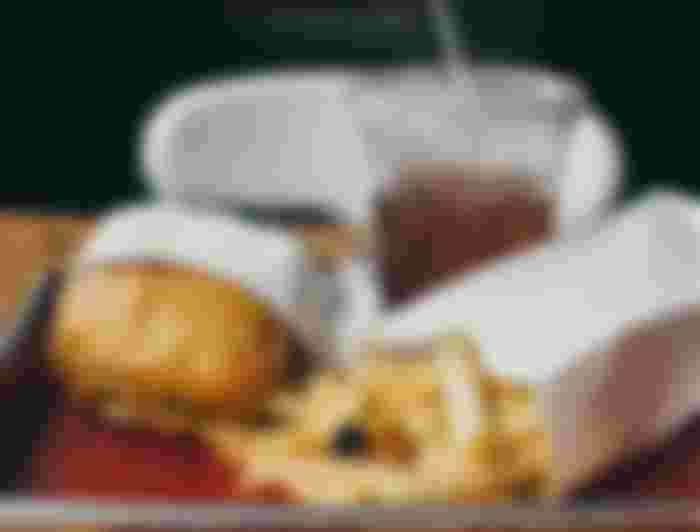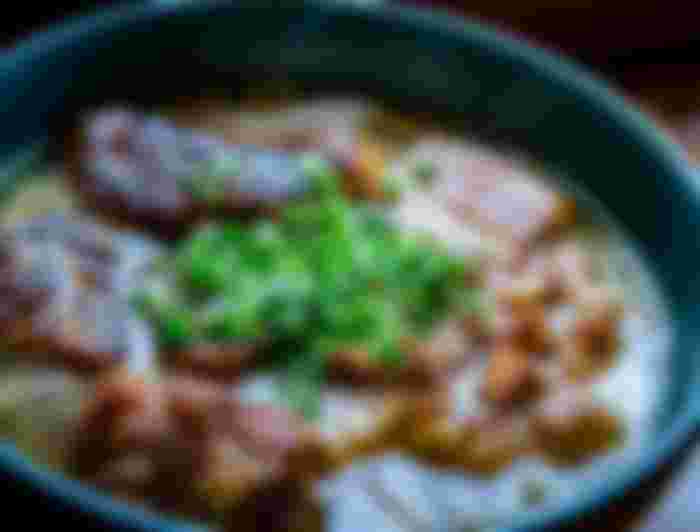
Devouring a sound eating regimen for the duration of the life-course assists with forestalling hunger in the entirety of its structures just as a scope of noncommunicable sicknesses (NCDs) and conditions. Be that as it may, expanded creation of handled nourishments, fast urbanization and changing ways of life have prompted a move in dietary examples. Individuals are currently burning-through more nourishments high in energy, fats, free sugars and salt/sodium, and numerous individuals don't eat enough organic product, vegetables and other dietary fiber, for example, entire grains.
The specific make-up of a broadened, adjusted and sound eating regimen will shift contingent upon singular attributes (for example age, sex, way of life and level of actual action), social setting, locally accessible nourishments and dietary traditions. Nonetheless, the essential standards of what comprises a sound eating routine continue as before.
For grown-ups
A sound eating regimen incorporates the accompanying:
Natural product, vegetables, vegetables (for example lentils and beans), nuts and entire grains (for example natural maize, millet, oats, wheat and earthy colored rice).
In any event 400 g (for example five bits) of leafy foods every day (2), barring potatoes, yams, cassava and other boring roots.
Under 10% of complete energy admission from free sugars (2, 7), which is comparable to 50 g (or around 12 level teaspoons) for an individual of sound body weight burning-through around 2000 calories for each day, yet preferably is under 5% of all out energy consumption for extra medical advantages (7). Free sugars are generally sugars added to nourishments or beverages by the producer, cook or shopper, just as sugars normally present in nectar, syrups, organic product squeezes and organic product juice condensed.
Under 30% of all out energy admission from fats (1, 2, 3). Unsaturated fats (found in fish, avocado and nuts, and in sunflower, soybean, canola and olive oils) are desirable over immersed fats (found in greasy meat, margarine, palm and coconut oil, cream, cheddar, ghee and fat) and trans-fats, all things considered, including both mechanically created trans-fats (found in prepared and seared nourishments, and pre-bundled tidbits and food sources, for example, solidified pizza, pies, treats, scones, wafers, and cooking oils and spreads) and ruminant trans-fats (found in meat and dairy nourishments from ruminant creatures, for example, cows, sheep, goats and camels). It is recommended that the admission of immersed fats be decreased to under 10% of all out energy consumption and trans-fats to under 1% of all out energy consumption (5). Specifically, mechanically delivered trans-fats are not part of a sound eating regimen and ought to be dodged (4, 6).
Under 5 g of salt (equal to around one teaspoon) every day (8). Salt ought to be iodized.
For babies and small kids
In the initial 2 years of a kid's life, ideal sustenance encourages sound development and improves psychological turn of events. It additionally diminishes the danger of getting overweight or fat and creating NCDs sometime down the road.

Guidance on a solid eating routine for babies and kids is like that for grown-ups, yet the accompanying components are additionally significant:
Babies ought to be breastfed solely during the initial a half year of life.
Babies ought to be breastfed consistently until 2 years old and past.
From a half year old enough, bosom milk ought to be supplemented with an assortment of sufficient, protected and supplement thick nourishments. Salt and sugars ought not be added to corresponding nourishments.
Commonsense guidance on keeping up a solid eating routine
Products of the soil
Eating in any event 400 g, or five parts, of foods grown from the ground every day diminishes the danger of NCDs (2) and assists with guaranteeing a satisfactory day by day admission of dietary fiber.
Products of the soil admission can be improved by:
continually remembering vegetables for dinners;
eating new foods grown from the ground vegetables as bites;
eating new foods grown from the ground that are in season; and
eating an assortment of foods grown from the ground.
Fats
Lessening the measure of absolute fat admission to under 30% of all out energy consumption assists with forestalling unfortunate weight gain in the grown-up populace (1, 2, 3). Additionally, the danger of creating NCDs is brought down by:
decreasing soaked fats to under 10% of absolute energy consumption;
decreasing trans-fats to under 1% of complete energy consumption; and
supplanting both soaked fats and trans-fats with unsaturated fats (2, 3) – specifically, with polyunsaturated fats.
Fat admission, particularly soaked fat and mechanically created trans-fat admission, can be decreased by:
steaming or bubbling as opposed to browning when cooking;
supplanting margarine, fat and ghee with oils wealthy in polyunsaturated fats, for example, soybean, canola (rapeseed), corn, safflower and sunflower oils;
eating diminished fat dairy nourishments and lean meats, or cutting back obvious excess from meat; and
restricting the utilization of heated and seared nourishments, and pre-bundled bites and food sources (for example doughnuts, cakes, pies, treats, rolls and wafers) that contain modernly created trans-fats.
Salt, sodium and potassium
The vast majority burn-through a lot of sodium through salt (comparing to devouring a normal of 9–12 g of salt for every day) and insufficient potassium (under 3.5 g). High sodium consumption and inadequate potassium admission add to hypertension, which thusly builds the danger of coronary illness and stroke (8, 11).
Diminishing salt admission to the suggested degree of under 5 g for every day could forestall 1.7 million passings every year (12).
Individuals are regularly unconscious of the measure of salt they devour. In numerous nations, most salt originates from handled nourishments (for example prepared suppers; handled meats, for example, bacon, ham and salami; cheddar; and pungent tidbits) or from nourishments devoured every now and again in huge sums (for example bread). Salt is additionally added to nourishments during cooking (for example bouillon, stock 3D squares, soy sauce and fish sauce) or at the purpose of utilization (for example table salt).
Salt admission can be decreased by:
restricting the measure of salt and high-sodium toppings (for example soy sauce, fish sauce and bouillon) when cooking and getting ready nourishments;
not having salt or high-sodium sauces on the table;
restricting the utilization of pungent bites; and
picking items with lower sodium content.
Some food makers are reformulating plans to decrease the sodium substance of their items, and individuals ought to be urged to check nourishment marks to perceive how much sodium is in an item prior to buying or devouring it.
Potassium can relieve the negative impacts of raised sodium utilization on circulatory strain. Admission of potassium can be expanded by burning-through new foods grown from the ground.
Sugars
In the two grown-ups and youngsters, the admission of free sugars ought to be decreased to under 10% of complete energy consumption (2, 7). A decrease to under 5% of absolute energy admission would give extra medical advantages (7).
Devouring free sugars builds the danger of dental caries (tooth rot). Abundance calories from nourishments and savors high free sugars additionally add to undesirable weight gain, which can prompt overweight and stoutness. Late proof likewise shows that free sugars impact pulse and serum lipids, and recommends that a decrease in free sugars consumption diminishes hazard factors for cardiovascular illnesses (13).
Sugars admission can be diminished by:
restricting the utilization of nourishments and beverages containing high measures of sugars, for example, sweet tidbits, confections and sugar-improved refreshments (for example a wide range of refreshments containing free sugars – these incorporate carbonated or non‐carbonated sodas, natural product or vegetable squeezes and beverages, fluid and powder concentrates, enhanced water, energy and sports drinks, ready‐to‐drink tea, ready‐to‐drink espresso and seasoned milk drinks); and

eating new foods grown from the ground vegetables as snacks rather than sweet tidbits.
Instructions to advance sound eating regimens
Diet advances over the long run, being impacted by numerous social and financial components that connect in an unpredictable way to shape singular dietary examples. These elements incorporate pay, food costs (which will influence the accessibility and moderateness of solid nourishments), singular inclinations and convictions, social conventions, and geological and natural viewpoints (counting environmental change). Thusly, advancing a sound food climate – including food frameworks that advance a differentiated, adjusted and solid eating routine – requires the association of various areas and partners, including government, and people in general and private areas.
Governments have a focal part in establishing a sound food climate that empowers individuals to receive and keep up solid dietary practices. Successful activities by strategy creators to establish a sound food climate incorporate the accompanying:
Making intelligibility in public arrangements and speculation plans – including exchange, food and horticultural approaches – to advance a sound eating routine and ensure general wellbeing through:
expanding motivators for makers and retailers to develop, use and sell new products of the soil;
diminishing motivations for the food business to proceed or expand creation of prepared nourishments containing significant levels of soaked fats, trans-fats, free sugars and salt/sodium;

empowering reformulation of food items to decrease the substance of soaked fats, trans-fats, free sugars and salt/sodium, with the objective of taking out mechanically created trans-fats;
actualizing the WHO suggestions on the showcasing of nourishments and non-mixed drinks to kids;
building up guidelines to encourage sound dietary practices through guaranteeing the accessibility of solid, nutritious, protected and reasonable nourishments in pre-schools, schools, other public foundations and the working environment;
investigating administrative and intentional instruments (for example advertising guidelines and nourishment marking approaches), and financial motivators or disincentives (for example tax assessment and sponsorships) to advance a sound eating routine; and
empowering transnational, public and neighborhood food administrations and cooking outlets to improve the dietary nature of their nourishments – guaranteeing the accessibility and reasonableness of solid decisions – and survey parcel sizes and estimating





